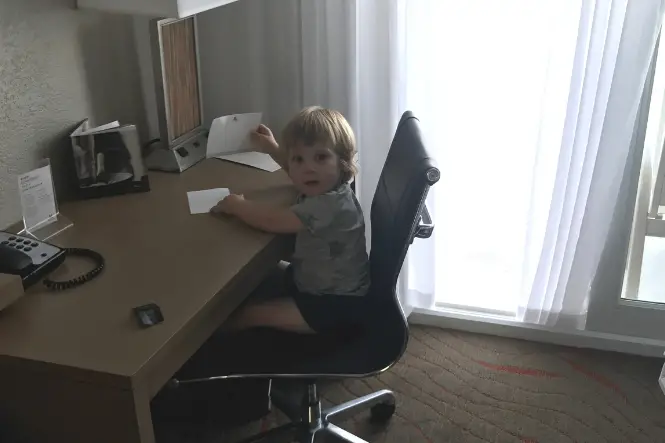A foreign object that is stuck at the back of the throat may block the throat or cause muscular spasm. Young children especially are prone to choking. A child may choke on food, or may put small objects into their mouth and cause a blockage of the airway.
If the blockage of the airway is mild, the child should be able to clear it by themselves. However, if the obstruction is severe, they will be not be able to speak, cough or breathe and will eventually lose consciousness.
Table of Contents
How to Recognise a Mild Obstruction:
- The child will be able to breathe, speak, cry or cough.
How to Recognise a Severe Obstruction:
- The child will be unable to breathe, speak, cry or cough.
- The child will eventually lose consciousness unless they are given assistance.
Treatment for a child or adult
Your aim is to remove the obstruction and to get the casualty to hospital if necessary.
If the obstruction is mild:
- Encourage them to continue coughing.
- Remove anything that is causing an obvious obstruction from the mouth.
If the obstruction is severe:
- Give up to 5 Back blows.
- Look inside the mouth and remove anything causing an obvious obstruction.
If the obstruction has not moved:
- Give up to 5 abdominal thrusts.
- Look inside the mouth and remove anything causing an obvious obstruction.
If the obstruction has not been cleared after repeating the cycle of back blows and abdominal thrusts three times:
- Call an ambulance by dialling 999. (or 112)
- Keep repeating this pattern until help arrives.
Treatment for infants
Your aims are to remove the obstruction and to arrange urgent removal to hospital if necessary.
If the infant is distressed, is unable to cry cough, or breathe:
- Lay them face down along your forearm, with their head low and support the back and head.
- Give up to 5 back blows, with the heel of your hand.
- Look inside the infant’s mouth and remove anything causing an obvious obstruction.
- Do not do a finger sweep of the mouth.
If the obstruction is still present:
- Turn the infant onto his back and give up to 5 chest thrusts.
- Using just two fingers, the width of one finger below the nipple line, push inwards and upwards (towards the head) against the infants breastbone.
- The aim of each chest thrust is to move the obstruction rather than necessarily doing the full five repetitions.
- Look inside the mouth
If the obstruction has not cleared after repeating the cycle of back blows and chest thrusts three times: Call for an ambulance by dialling 999 (or 112) Continue until help arrives.
Our thanks to St John Ambulance for providing this information.






